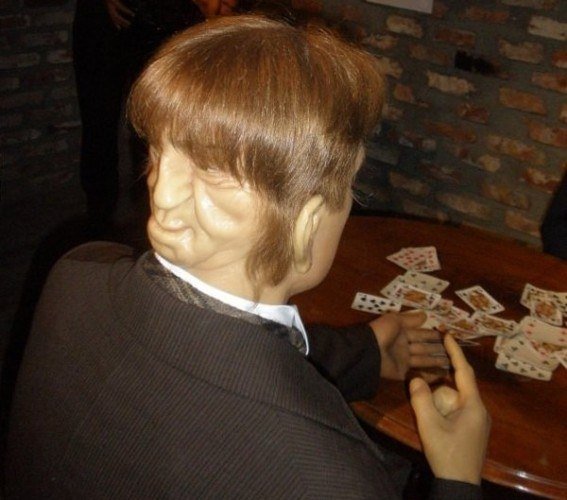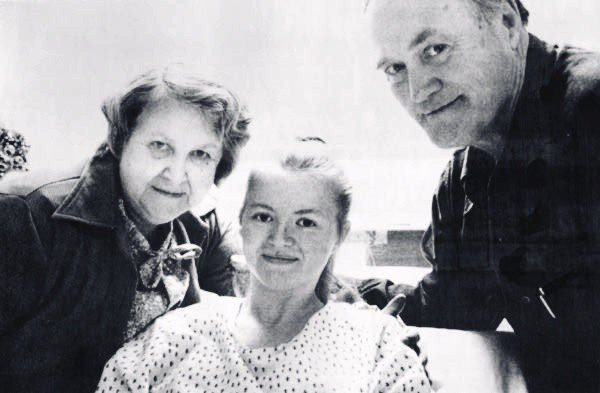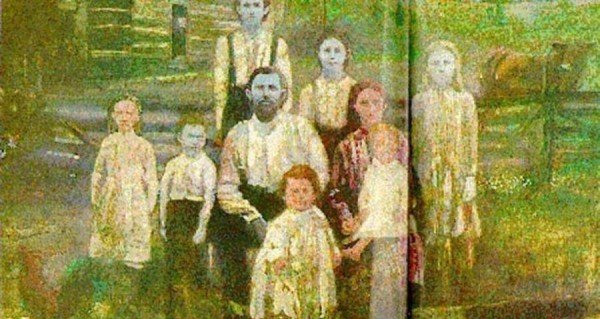页面内容
 快速摘要
快速摘要
| 主题 | 描述 |
|---|---|
| 爱德华·莫达克 | Alleged 19th-century nobleman with a parasitic twin face |
| Condition | Resembles medical anomalies like craniopagus parasiticus or diprosopus |
| First Reported | 1895 article by Charles Lotin Hildreth |
| Source Credibility | Classified as a medical curiosity in 1896 but considered a hoax by modern historians |
| Cultural Impact | Featured in American Horror Story and music by Tom Waits |
Who Was Edward Mordake?
Edward Mordake, sometimes spelled “Mordrake,” is a figure often portrayed in medical oddities as a man born with a second face on the back of his head. According to the story, the second face could not speak but would smile or cry, and eventually drove him to suicide.
Was Edward Mordake a Real Person?
No historical or medical evidence confirms that Edward Mordake existed. The tale first appeared in an 1895 article by Charles Lotin Hildreth, a fiction writer, not a medical professional. It was later included in the Anomalies and Curiosities of Medicine encyclopedia, giving it a veneer of credibility that led many to believe it was fact.
What Is a Parasitic Twin?
A parasitic twin is a rare congenital condition where a malformed twin is attached to a more fully developed sibling. Medical terms often used in similar cases include:
- Craniopagus parasiticus – A parasitic head attached to the skull of the dominant twin
- Diprosopus – A craniofacial duplication where parts or all of the face are duplicated
These conditions are extremely rare, and none perfectly match the claims made about Mordake.
Can a Second Face Show Emotion?
In documented cases of parasitic twins, facial expressions from the second face are not known to occur. The tale of a “weeping and whispering” face is more consistent with fictional storytelling than medical documentation.

How Did the Edward Mordake Legend Spread?
The story’s longevity is due to its inclusion in medical texts, lack of internet fact-checking at the time, and eventual appearances in pop culture. Here’s how the legend evolved:
| Year | Event |
|---|---|
| 1895 | First published in the Boston Post by Hildreth |
| 1896 | Reprinted in Anomalies and Curiosities of Medicine |
| 2003 | Inspired the Tom Waits song “Poor Edward” |
| 2014 | Character featured in American Horror Story: Freak Show |
Is Edward Mordake Mentioned in Medical Literature?
No, Edward Mordake is not mentioned in Medical Literature. While Anomalies and Curiosities of Medicine references the story, modern medical literature does not. Institutions such as the National Institutes of Health (NIH) and World Health Organization (WHO) have no verified cases matching Edward Mordake’s description.
Popular Media Featuring Edward Mordake
- TV: American Horror Story (2014), where the character appears as a ghostly figure haunting circus performers
- Music: Tom Waits’s “Poor Edward” narrates his fictional suffering
- Books: Frequently appears in oddities and urban legend compilations
Could This Be an Example of Historical Medical Misinformation?
Yes. Edward Mordake’s story highlights how easily fiction can blend with pseudo-medical science, especially when cited in authoritative publications.
FAQ About Edward Mordake
Did Edward Mordake really have a second face?
No. There’s no medical or historical evidence supporting the existence of a man with a functional second face. The story originated from a fictional article in 1895.
What condition could cause a second face?
Rare congenital conditions like craniopagus parasiticus or diprosopus may involve partial facial duplication but don’t match the story’s details.
Is Edward Mordake featured in popular culture?
Yes. He’s portrayed in American Horror Story and referenced in music, books, and internet stories.
Here’s a strong contextual bridge paragraph that connects the Edward Mordake article to your post about 桑朱·巴格特 (another well-known parasitic twin case), written for semantic SEO and user intent:
Related Case: The True Story of Sanju Bhagat
While Edward Mordake’s case is widely believed to be a myth, the story of 桑朱·巴格特, a man from India who unknowingly carried the malformed remains of his parasitic twin inside his abdomen, is medically verified. His condition, known as 胎中胎, was confirmed through surgery and documented by doctors. If you’re interested in real-life examples of rare parasitic twin conditions, read the full story of Sanju Bhagat here.












